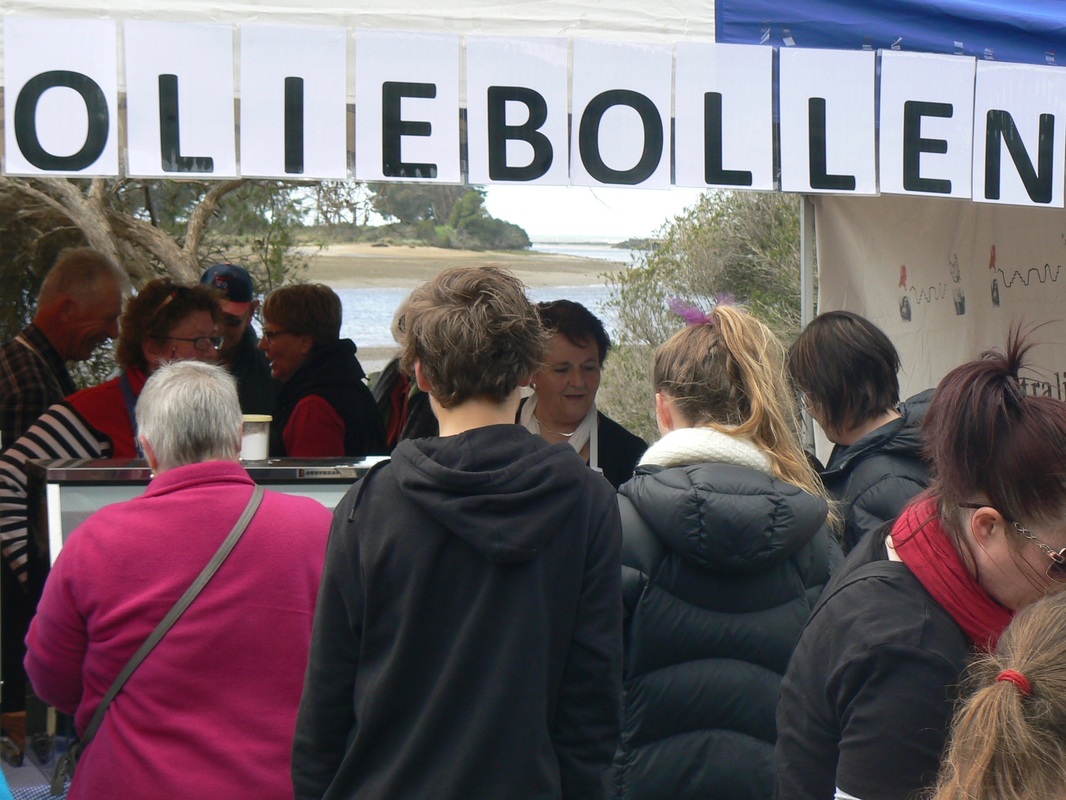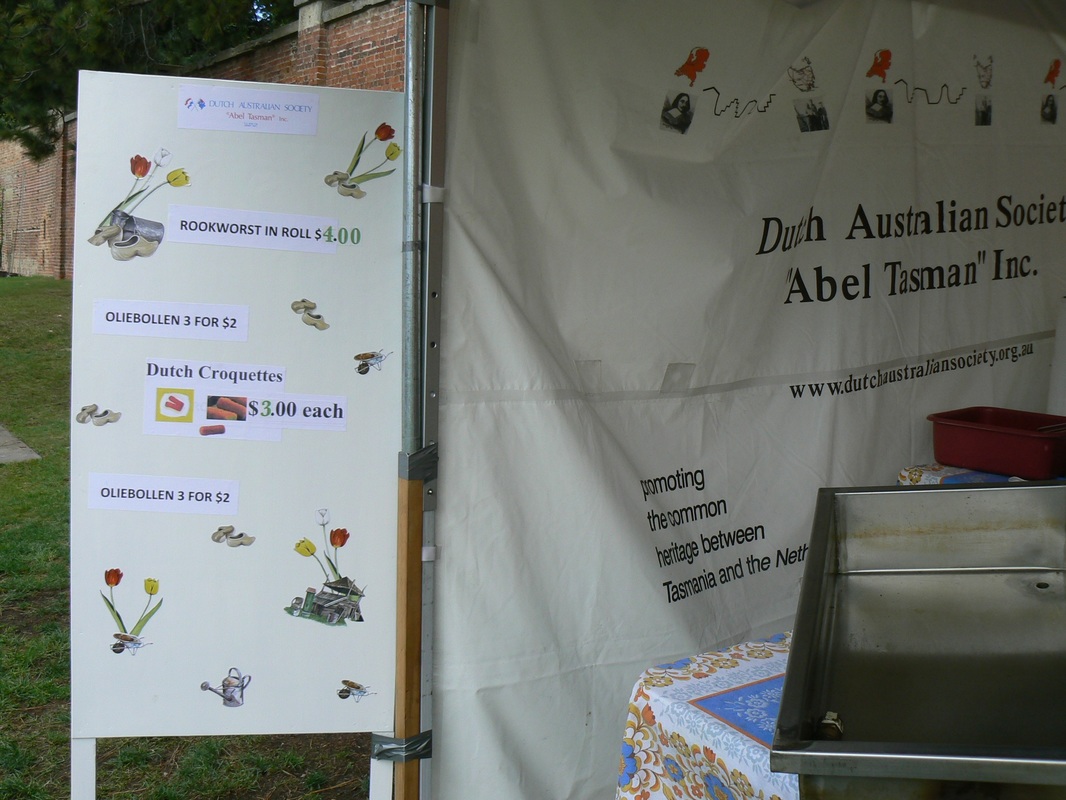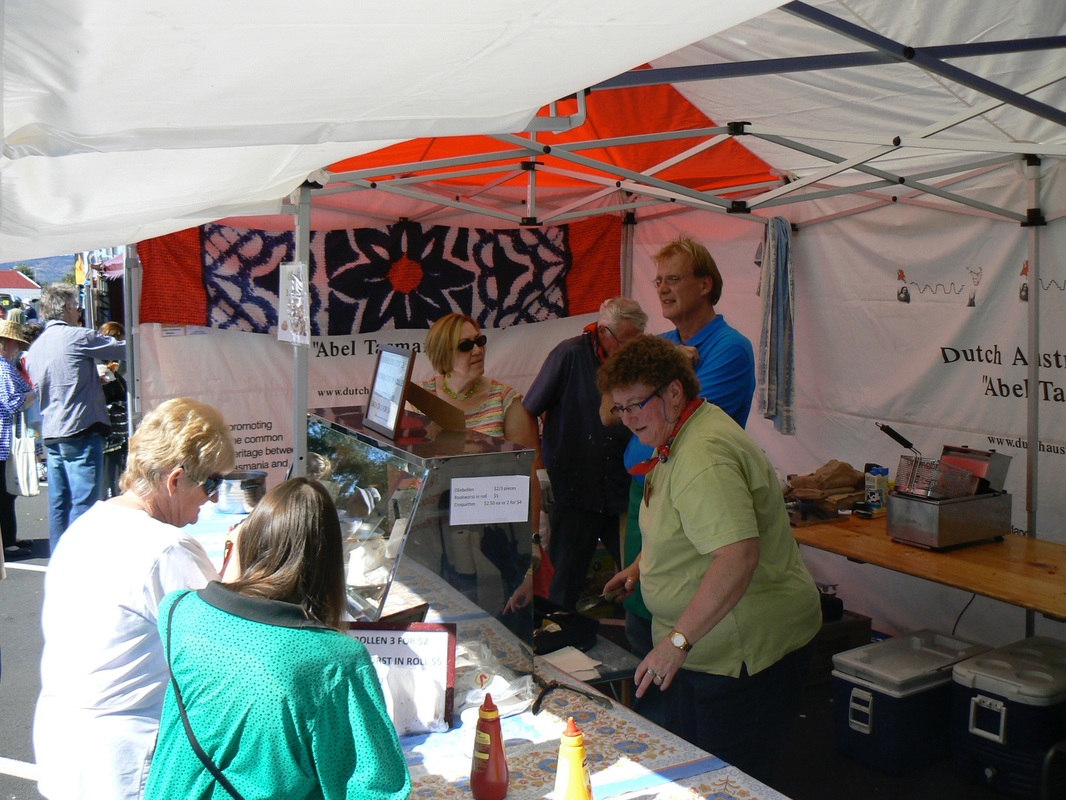LITTLE GRONINGEN – how did it come to be?
T
he beginning of Little Groningen, so named by the farmer, Geard, who sold the land to van der Laan and Pinkster. For a discussion of this land purchase, see K Wierenga, Dutch migration to Tasmania in 1950: Motivation, intention and assimilation, thesis, 2005 Hobart, University of Tasmania,)
Briefly, we know from the letters written by van der Laan and Pinkster, that blocks of land in Hutchins Street, Kingston, were valued at £110. Considering that many migrants were expected, and would need to be housed, and the tremendous housing shortage, the scouts calculated that they could provide blocks for £40 each by subdividing the land Geard offered, thus providing more affordable housing and assisting these migrants.
(It is suspected that the dirt road leading west from Geard’s farm was the original Summerleas Road, later to be called Old Summerleas Road, of which a portion still exists behind the Fire Station on Summerleas Road. Reference is made several times in the KMC Minutes to Old Summerleas Road, always in context with references to the Dutch community. established in the area later known semi-officially as Little Groningen)
The excerpt below is from the Minutes of the Meeting of the Kingborough Municipal Council held at Kingston on the 11th day of September 1950
“page -4-
Dutch Migrant Centre:
Messrs EJ van der Laan and E Pinkster waited on the Council regarding their proposal to subdivide land at Kingston for a Dutch community, as their people would be coming out from Holland from time to time. The Warden welcomed the visitors to the district. Cr Shoobridge explained the position re the subdivision which he would like to see go ahead. The Guarantee for the construction of the road was a big obstacle. Mr van der Laan said he hoped the Council would approve the first 10 houses, and by that time the people could construct the road themselves to avoid a Bank Guarantee. Cr Shoobridge stressed the need of a water supply which would encourage further building, and other subdivisions. The migrants should be encouraged – some were on their way now, and an answer was required as speedily as possible. The Engineer should look into it forthwith. The Warden said it could not be decided in a hurry, as people at Blackman’s Bay had priority. It would be unwise to tell the deputation things that could not be carried out. Cr BJ Pearsall suggested that an electric pump be installed by the visitors and water drawn from Brown’s River. There was less pollution now than years ago when there was more cultivation. Cr Bylett said he appreciated the class of migrants that were coming – it was hoped to keep Australia white and we should do all we can to encourage the Dutch. Cr Crane said it was hoped that workers would come as there was need of them. The Dutch had a good name as workers. He could place several families on his property later on towards Christmas. Cr Watson said the Council should go ahead with the scheme. Cr Pryde said they were all agreed it was desirable but it was a matter of Blackman’s Bay and Margate Road first, and then the pipes and extra water supply for this project. Cr B Pearsall said the water from the creek could be used for building purposes. Cr Shoobridge said it would be 4 or 5 months before pipes were available. The Warden said he could not make any rash promises but would do everything possible in the matter.
The visitors, in retiring, said they appreciated the welcome and hoped they would prove to be good citizens and work to develop the country.
It was moved by Cr Shoobridge, seconded by Cr B Pearsall, that Mr Maclean have control of temporary building permits for the Dutch community. Carried.”
Some years later, the road leading from Browns Road to the migrant settlement was named Groningen Road.
The Dutch Australian Society “Abel Tasman” Inc.
There was a Dutch Australian Society in the 1950s, but it faded away after approx. five years due to lack of interest. Beginning in 1952, it produced a monthly newsletter, “Mededelingen Ned. Vereniging “Abel Tasman”. The purpose was to assist new migrants, both in mutual encouragement, and in sharing knowledge of the new country. Social events were organised, births and arrivals and addresses were published. Articles concerning regulations about bringing money from the Netherlands, or how to make a legal will, or how the naturalisation process worked, etc, filled the pages. Many articles were in English, but not enough, according to ASIO, which sent agents to discuss this matter with the editor, (Henk Sikkema).
In the thirty fifth edition it was noted that “this would be the last. This was not bad news, but:-
1. It seems that people feel at home in Tasmania
2. It seems that people can read in English everything they wish to read
3. that Netherlands migrant A lives some distance from Netherlands migrant B and C and D – that he finds his own way, alone in this land which must become his fatherland.
In other words, it seems that the Netherlands migrant in Tasmania is busy succeeding [becoming Tasmanian]
It is, in our opinion, too much to ask to ask the last 25 subscribers to carry on, so thank you to all for the support we have had over the years. It has been a pleasure working for you, and may it go well with you.”
Copies of most editions of this newsletter are held in the National Library in Canberra. (Not the National Archives)
Fifteen years later, new life was blown into the ashes, and everything was in English. An increasing emphasis by the government on ‘multi-culture society’ and the fact that most migrants now had their feet firmly established in Tasmanian soil were two drivers of this movement. Some of the achievements of this Society are displayed below. Member events were also held. Some of the records of this Society are held in the Tasmanian State Archives. Membership has waxed (well over 200 members) and waned (less than 50 members) over the years, but now seems to be in terminal decline because aging members are not being replaced with younger members.
The newsletter of the re-constituted club, and the 40th birthday cake, are shown below.
|
Annie Bleeker prepared and presented a Dutch language program on community radio for years and years. The program was initiated by Frits Lubbersen. With various helpers over the years, he maintained the program for almost 40 years.
Frits and Annie are pictured left, between Marie Ots and Margaret Stokman, and Kees Wierenga and Dr Freddie. |
 Fred & Jose Verhoeven were presented with a
Fred & Jose Verhoeven were presented with a
Certificate of Appreciation
for the work they did in Launceston.
The Royal birthday, long known as Koninginnedag (Queen’s Day)
and now known as Koningdag (King’s Day) was celebrated on 30 April.
The Dutch Australian Society celebrated the birthday every year.
The festivities were also the occasion to honour members of the Dutch migrant community
for significant contributions to the well being of the community.
and used this at various community events for fundraising.
 On the waterfront in Triabunna for the France to Freycinet Festival.
On the waterfront in Triabunna for the France to Freycinet Festival.
The facade needed a long truck to be transported. It also need 35 man hours of labour to unpack from storage, erect on site, dismantle and pack away in storage after each event. A minimum of 5 people were needed, at least one of whom needed to have building experience. Despite the weight and awkwardness of handling the panels, no accidents were ever recorded.
The facade was often used in the Royal Botanical Garden in Hobart for the Tulip Festival. It was used once on the north-west coast of Tasmania,, also in New Norfolk and Triabunna.. In 2006 it was to be used for the arrival of the Duyfken, but new safety rules insisted on expensive engineering certification, despite more than 25 years of practical use. This ruling from the authorities, and the slow decline in the pool of available labour and the increasing age of the crew, spelled the end. The facade had became a burden, it was no longer a practical asset for the DAS, and finding storage space for such a large object was increasingly difficult. The steel was eventually re-purposed.
The facade was replaced with a marquee, shown below in the Royal Tasmanian Botanical Gardens and in Wynyard (both for Tulip Festivals), but also used at other locations such as Moonah Taste of the World Festival, and for Society functions such as Sinterklaas and for member meetings.
A replica of the original vessel, the Duyfken, visited all Australian capital cities, including Hobart in November.
contributed to the International Wall of Friendship.
Due to the dearth of natural stone in the Netherlands,
bricks from the foundation of Abel Tasman’s house in his birthplace, Lutjegast, were mounted.
|
Categories: Dutch Tasmanian Connection
|












